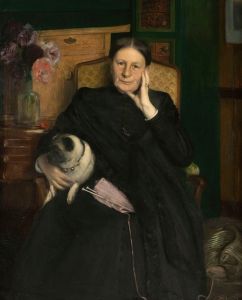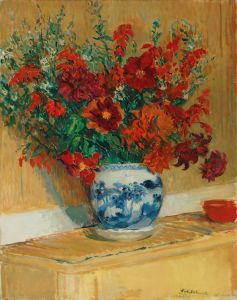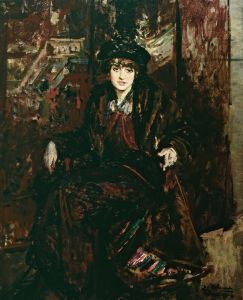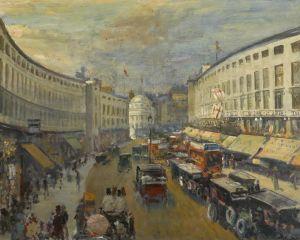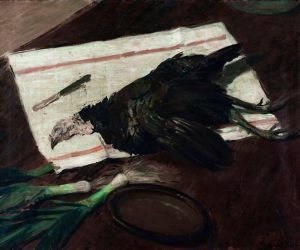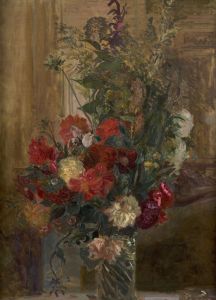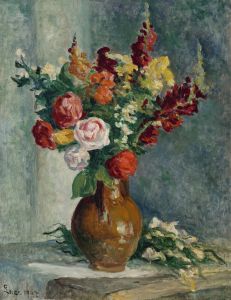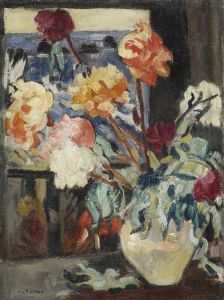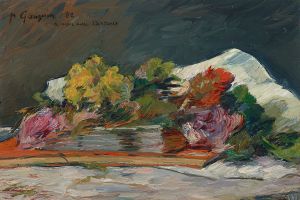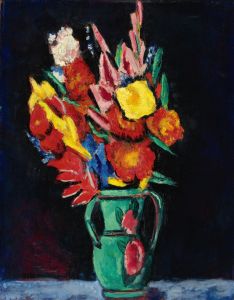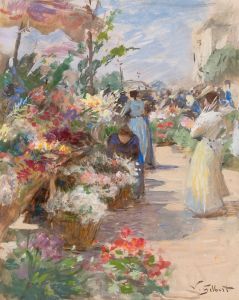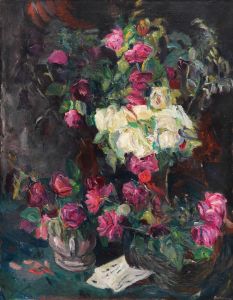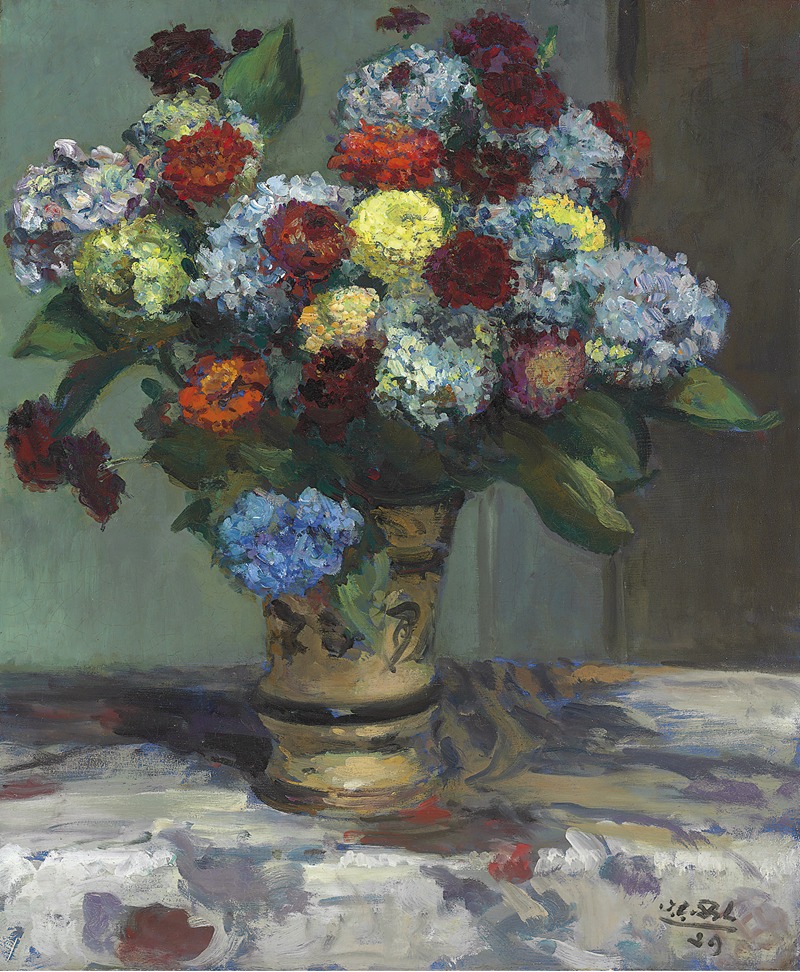
Bouquet de fleurs aux hortensias
A hand-painted replica of Jacques-Émile Blanche’s masterpiece Bouquet de fleurs aux hortensias, meticulously crafted by professional artists to capture the true essence of the original. Each piece is created with museum-quality canvas and rare mineral pigments, carefully painted by experienced artists with delicate brushstrokes and rich, layered colors to perfectly recreate the texture of the original artwork. Unlike machine-printed reproductions, this hand-painted version brings the painting to life, infused with the artist’s emotions and skill in every stroke. Whether for personal collection or home decoration, it instantly elevates the artistic atmosphere of any space.
Jacques-Émile Blanche was a prominent French painter born on January 1, 1861, in Paris, France. He was known for his portraits and still-life paintings, capturing the essence of the Belle Époque era. Blanche came from an affluent background, which allowed him to interact with many notable figures of his time, both in the arts and in society at large. His works often reflect the cultural and social milieu of late 19th and early 20th century France.
"Bouquet de fleurs aux hortensias" is one of Blanche's still-life paintings, showcasing his skill in capturing the delicate beauty of flowers. While specific details about this painting are scarce, it is representative of Blanche's broader body of work, which often included floral compositions. His still-life paintings are characterized by their vibrant colors, attention to detail, and the ability to convey the texture and form of the flowers he depicted.
Blanche's approach to painting was influenced by his interactions with other artists and intellectuals of his time. He was part of a vibrant artistic community and was acquainted with figures such as Marcel Proust, James Joyce, and Edgar Degas. These interactions enriched his artistic perspective, allowing him to blend traditional techniques with modern sensibilities.
In "Bouquet de fleurs aux hortensias," Blanche likely employed his characteristic style, which often involved a careful arrangement of elements to create a harmonious composition. His use of color would have been deliberate, aiming to highlight the natural beauty of the hydrangeas and other flowers in the bouquet. Blanche's still-life paintings are noted for their ability to capture the ephemeral nature of flowers, preserving their beauty in a timeless manner.
Blanche's work is often associated with the Impressionist movement, although he maintained a distinct style that set him apart from his contemporaries. His paintings are known for their clarity and precision, often eschewing the more abstract tendencies of some Impressionist works. This clarity is evident in his still-life compositions, where each petal and leaf is rendered with meticulous care.
Throughout his career, Blanche exhibited his works in various prestigious venues, gaining recognition for his contributions to the art world. His paintings are held in numerous collections, both public and private, and continue to be appreciated for their artistic merit and historical significance.
While specific exhibitions or collections featuring "Bouquet de fleurs aux hortensias" are not well-documented, Blanche's works are generally well-regarded and sought after by collectors and art enthusiasts. His ability to capture the essence of his subjects, whether in portraiture or still-life, ensures his place in the canon of French art.
In summary, "Bouquet de fleurs aux hortensias" by Jacques-Émile Blanche exemplifies the artist's skill in still-life painting, reflecting his broader artistic style and the cultural context of his time. Although detailed information about this specific painting is limited, it remains a testament to Blanche's ability to convey beauty and emotion through his art.






